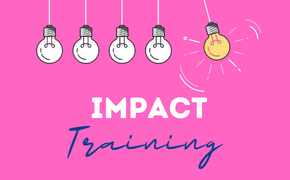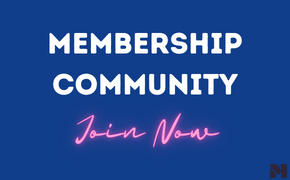Creating a workforce designed for disruption is hard.
Reskilling has been on everyone’s minds for years as disruption has become an increasing obvious threat to business as usual. Yet it’s one that we haven’t managed to nail yet – it’s proven to be one of our more challenging talent strategies.
I often hear from clients that one reason they haven’t gone down that path is because they feel that they can’t afford the time to retrain, so they hire instead.
Yet those same clients will tell you that hiring is slowing down, and they are right: Gartner proves it – across ANZ hiring now takes an average of 68 days. That’s 3-4 months from green light to start date (and this is an average figure – not those hard to find roles that are up at the 6mth mark).
The World Economic Forum states that the maximum reskilling window that we need to worry about is 18 months. They recommend leveraging ‘skills adjacency’ to shrink that timeframe further by developing those with a smaller skills gap and then back-skilling people into their roles. With this approach experiential learning rather than formal training works really well.
So if you’re facing an argument from your stakeholders that it takes too long, I hope this has given you an informed response
>>What other objections do you face from your stakeholders about reskilling?
- Rethink Talent for Today
- Level Up Leadership
- People Change that works














